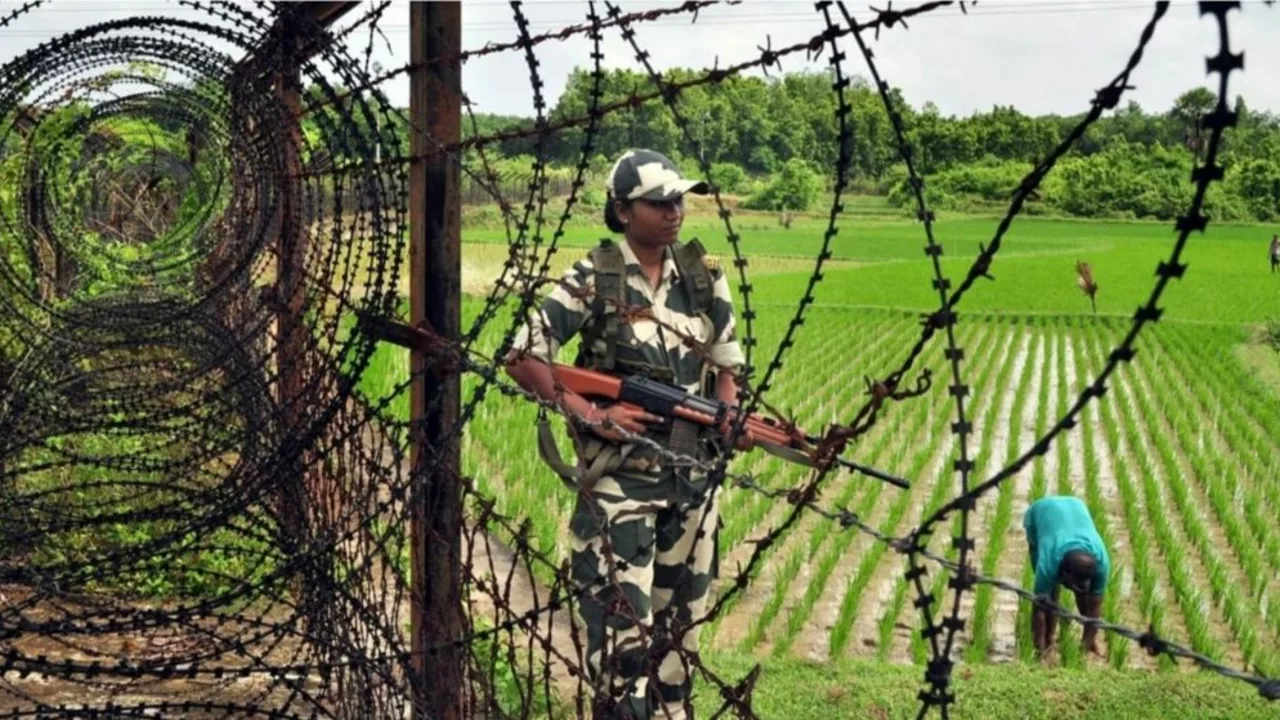Border Fences: What They Are and Why They Matter
When you hear the word “border fence,” you probably picture tall steel poles, barbed wire, and a stretch of land that looks like a wall. But a border fence is more than just a physical barrier. It’s a tool that governments use to control who comes in and out, to curb illegal activities, and sometimes to mark a country’s identity.
In India, you’ll find fences along the borders with Bangladesh, Pakistan, and Nepal. Each fence has its own story – some were built after wars, others to stop smuggling or illegal migration. The same idea applies worldwide, from the US‑Mexico wall to the fence separating Israel and the West Bank.
Why Governments Build Border Fences
Security is the top reason. A fence can slow down armed groups, drug traffickers, or human smugglers, giving border forces more time to react. It also helps customs officials check goods and people more efficiently.
Economic factors matter too. Countries want to protect local jobs and industries from cheap, illegal imports. A fence can reduce the flow of products that bypass taxes, protecting government revenue.
Politics plays a big part. A fence can be a statement of sovereignty – a clear line that says, “This is our land.” It can also be used by leaders to show they’re tough on illegal immigration, which often wins votes.
What to Know About Border Fences Today
Modern fences aren’t just steel and wire. Many now include motion sensors, cameras, and even drones that monitor activity in real time. These tech upgrades make a fence more like a smart security system than a static wall.
Critics argue fences cause human suffering. Families get split, wildlife corridors are blocked, and local economies can suffer when cross‑border trade is limited. Environmental groups especially worry about the impact on animal migration routes.
Maintenance is another issue. A fence that stretches for hundreds of kilometers needs constant repair – rust, weather damage, and vandalism can quickly weaken it. That’s why some countries invest in “living fences” made of plants that grow into natural barriers.
If you’re curious about a specific fence, start by checking official government sources for construction dates, length, and purpose. News articles and local community forums often reveal how the fence affects everyday life on both sides.
Bottom line: border fences are a mix of security, economics, politics, and technology. They can be effective tools, but they also bring challenges that need careful planning and open dialogue.
Whether you’re a student, a traveler, or just someone who likes to understand how borders work, knowing the basics of border fences helps you see the bigger picture of today’s global connections and conflicts.
The Indian government plans to secure all gaps in the country's border fences by 2022. This initiative aims to ensure national security, control illegal cross-border activities, and maintain peace along the borders. The government is employing advanced technologies and surveillance systems to make the borders impervious. It's a mammoth task considering India's vast and varied terrain, but the government seems committed to the cause. Let's hope this step will bring a significant drop in border-related issues, enhancing the overall safety of the country.
